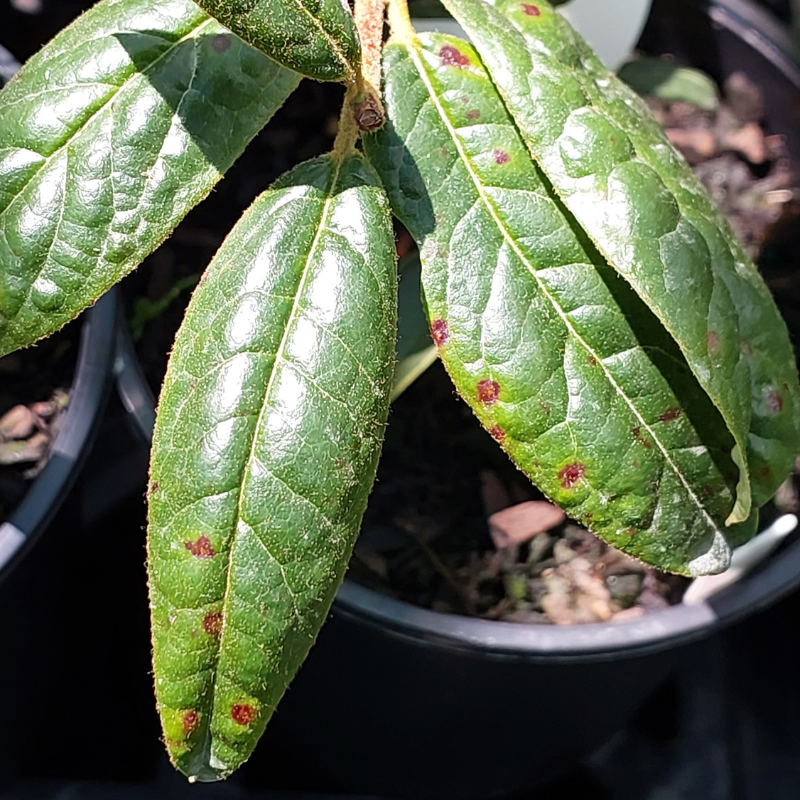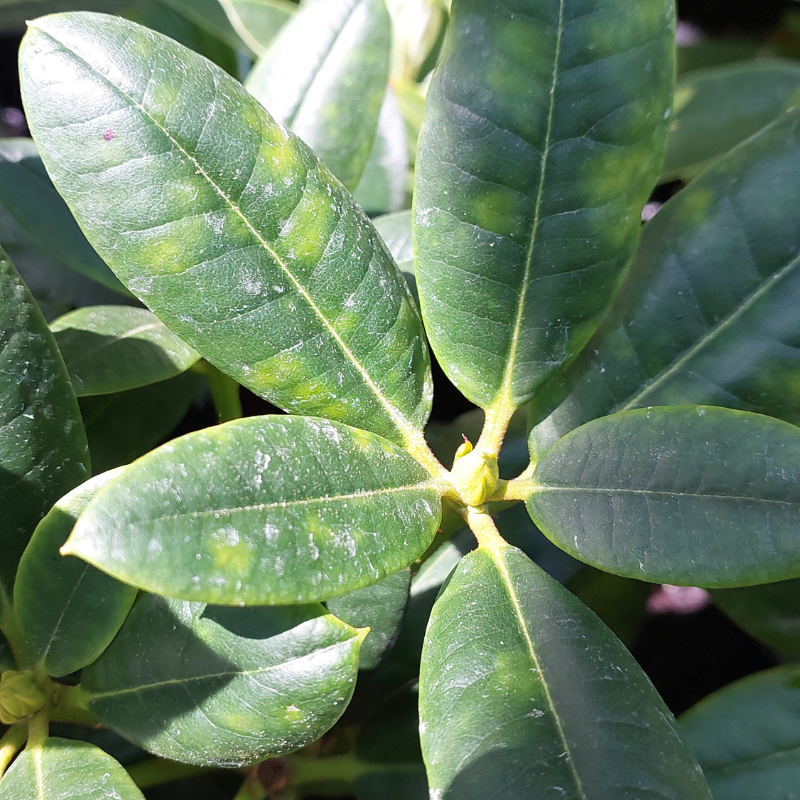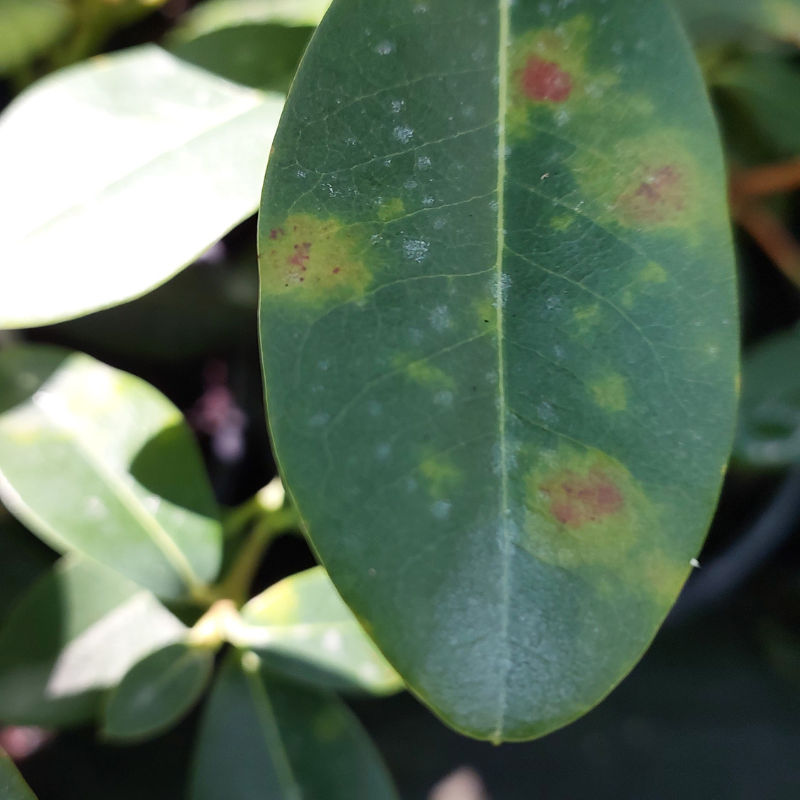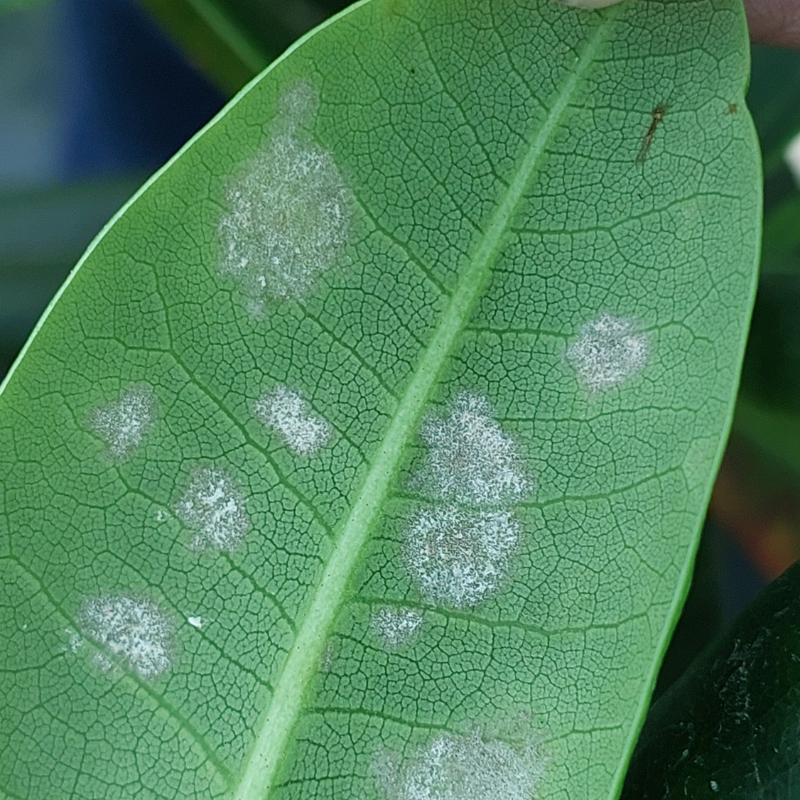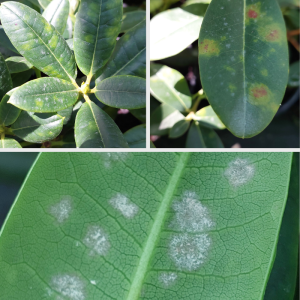
Powdery mildew has become a growing concern for many gardeners in recent years, especially on certain plant varieties. It’s a sneaky little fungus that starts small but can cause big problems if left unchecked. Let’s check out what it is, how to spot it, and, most importantly, how to manage and prevent it.
What is Powdery Mildew?
Powdery mildew is a fungal disease that appears as yellowish areas on the tops of leaves, followed by whitish layers of fungus on the undersides. As the seasons change, the infected areas may turn a purplish hue over winter. In severe cases, the fungal threads spread across the leaf surface, blocking sunlight, which can cause the leaves to yellow and drop off.
The fungus itself lives on the outside of the leaf but sends root-like structures into the plant tissue to feed. While it doesn’t typically kill the plant, it can weaken it significantly, making it less attractive and less productive.
What Causes Powdery Mildew?
Powdery mildew thrives in specific conditions:
- High humidity and warm temperatures, especially in the absence of free water (dew actually inhibits its spores from germinating!).
- Overcrowded plants with poor air circulation.
- Shady areas, particularly if your plant isn’t used to increased shade.
If you’ve noticed powdery mildew creeping in, weather patterns might be to blame, especially during warm, humid summers.
- Black spotting is the first sign of fungus infection on fragrant leaves of the Princess Alice, John Bull, etc and Trewithian Orange rhododendrons
- The first indication of powdery mildew creeping in with the yellow spots appearing on the leaves surface.
- The progression from the yellow dots forming to the rust brown colour which stops photosynthesis occuring on the leaves.
- Close-up of the underside of the green leaf with the yellow pigmentation occuring on the leaves surface. When you turn the leaf over you see several white, fuzzy patches of spores, indicating powdery mildew infection.
How to Manage Powdery Mildew
If powdery mildew keeps showing up year after year, it’s time to take action. Here’s how to get on top of it:
Spray at the Right Time
Infected plants should be treated as new growth appears in spring. Use fungicides like Kumulus® DF fungicide is a wettable sulphur formulation that is active against powdery mildew 1gm per litre or Yates Fungus Fighter a broad-spectrum fungicide with systemic, curative and protective action against a wide range of fungal diseases which controls powdery mildew, blackspot and rust.
Here in the nursery I like to alternate my sprays. I prefer to use Kumulus a water dispersible granular fungicide and acaricide for an effective treatment and control of powdery mildew, various other fungal diseases as well as certain mites and thrips. Also for the control of pernicious scale on dormant roses. If we are noticing more fungus issues than normal due to the humidity I would use the systemic Fungus Fighter.
Create the Right Environment
- Thin out overcrowded plants and prune branches to improve airflow.
- Ensure your plants get plenty of sunlight. If shade has increased in your garden, consider trimming back trees or relocating susceptible plants.
Be Proactive
- Clean up and discard infected leaves in the fall to reduce the chance of reinfection next season.
- Choose mildew-resistant plant varieties when possible.
Prevention Tips
The best cure is prevention!
- Give your plants plenty of space to ensure good airflow.
- Keep leaves dry when watering. Focus on the base of the plant, not the foliage.
- Regularly prune to maintain a healthy structure.
Don’t Let Powdery Mildew Win!
With a little effort and the right approach, powdery mildew doesn’t have to take over your garden. Tackle it early, adjust your gardening practices, and enjoy healthier, happier plants!

